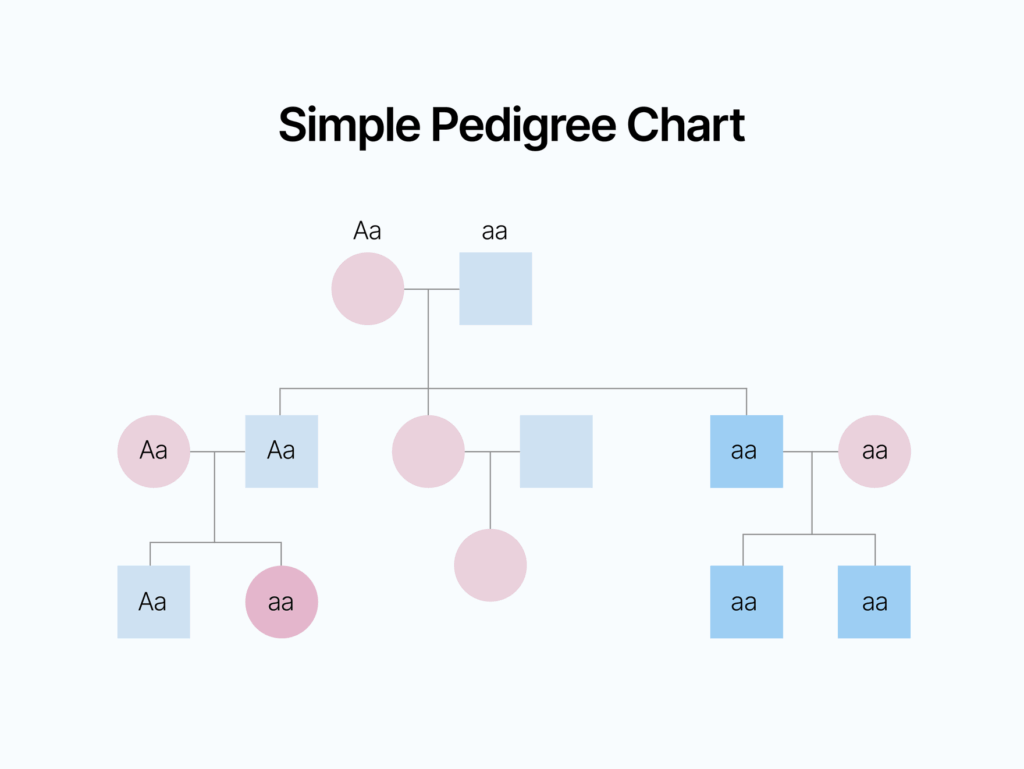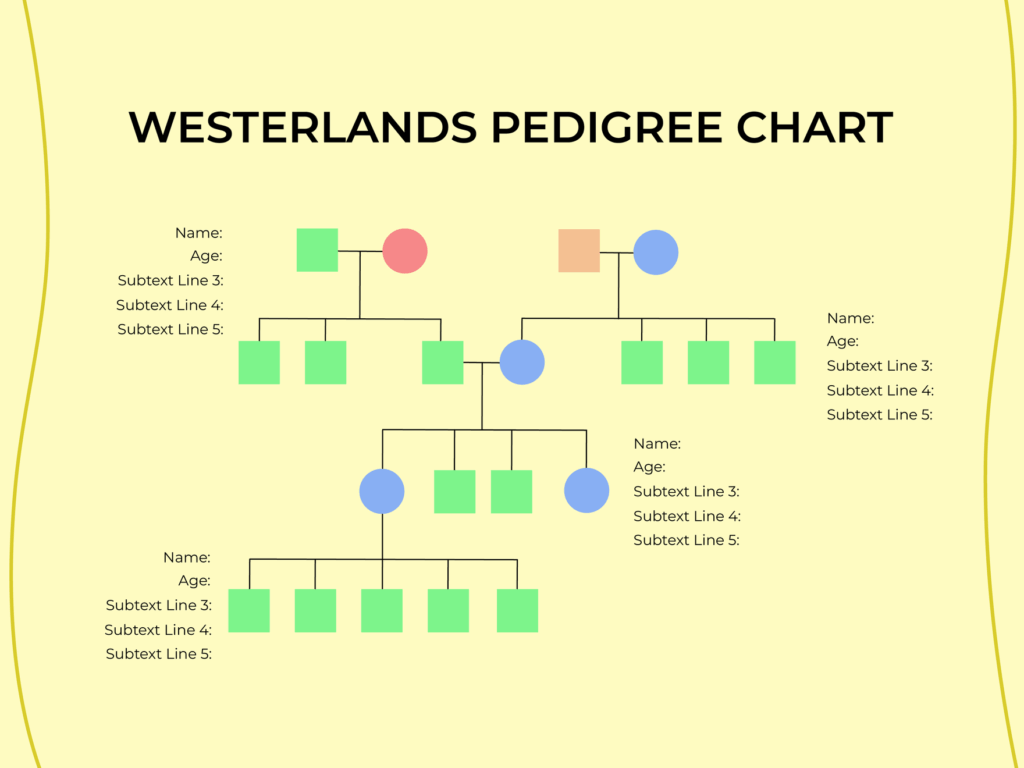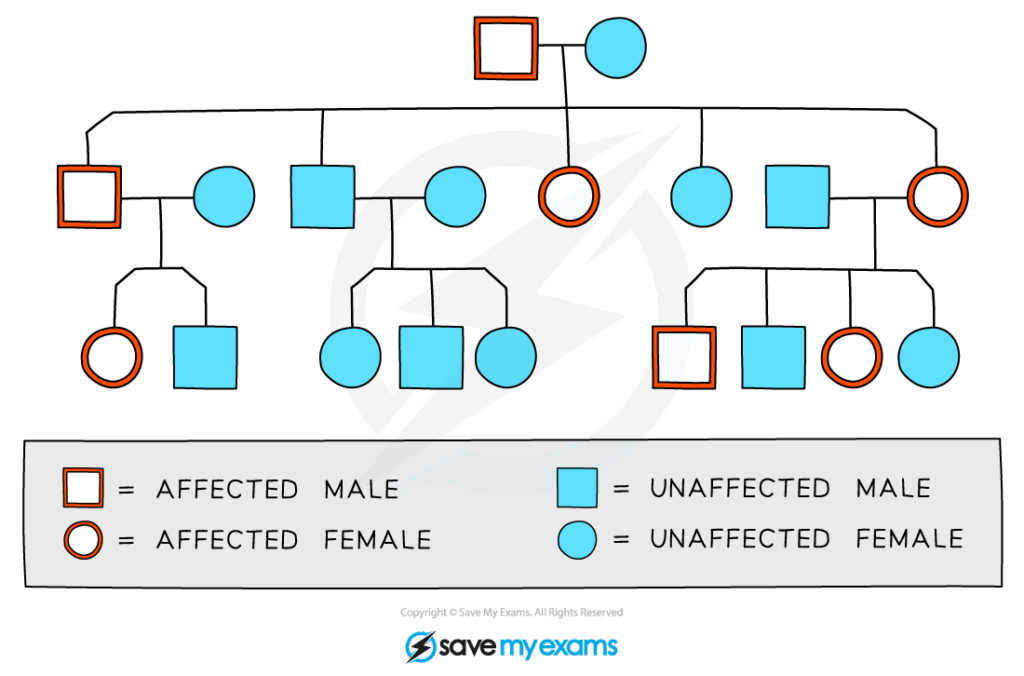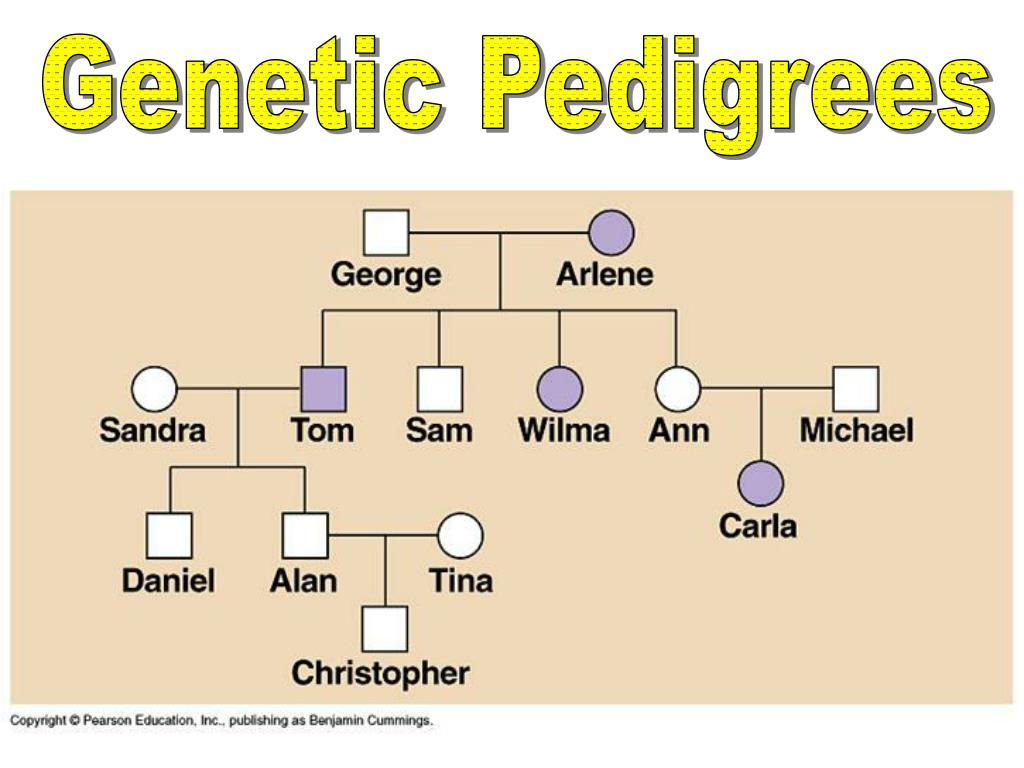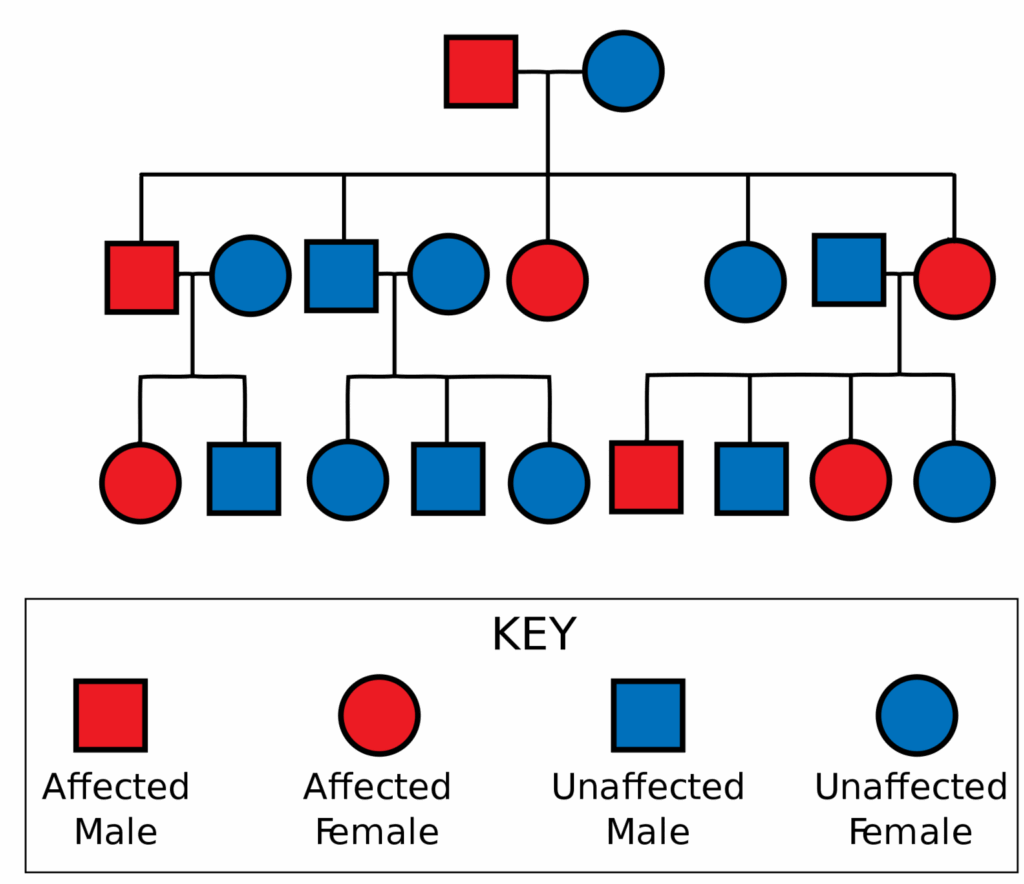Cultures Effect On The Pedigree Chart
**The Influence of Culture on the Pedigree Chart**
Culture plays a significant role in shaping our family histories and genealogical records. The pedigree chart, a visual representation of a person’s ancestors, can be greatly influenced by the cultural practices and traditions of a particular society. Here we explore how different cultures can impact the information found on a pedigree chart.
**Cultural Practices and Naming Conventions**
One of the most noticeable ways that culture affects the pedigree chart is through naming conventions. In many cultures, individuals may have multiple names, including a given name, a surname, and perhaps even a middle name or patronymic. This can lead to confusion when piecing together family relationships, especially if naming customs vary from region to region. For example, in some cultures, children may take on the mother’s maiden name as a surname, while in others, they may inherit the father’s surname. Understanding these naming conventions is crucial for accurately documenting family relationships on a pedigree chart.
Furthermore, certain cultures place a strong emphasis on preserving family history through oral traditions. In these societies, storytelling and passing down ancestral knowledge through generations are valued practices. This can lead to discrepancies in official records, as oral histories may differ from written documentation. When creating a pedigree chart for individuals from these cultures, it is essential to consider both the official records and the oral histories to present a comprehensive picture of their family background.
**Cultural Beliefs and Lineage**
Another way that culture influences the pedigree chart is through beliefs surrounding lineage and ancestry. In some cultures, lineage is traced patrilineally, meaning that family relationships are determined through the male line. This can result in a strong focus on the father’s side of the family tree, with less emphasis placed on maternal ancestors. Conversely, other cultures may prioritize matrilineal descent, tracing family connections through the mother’s line. Understanding these cultural beliefs and practices is crucial for accurately representing familial relationships on a pedigree chart.
Additionally, cultural beliefs surrounding marriage and kinship can impact the structure of the pedigree chart. In some cultures, arranged marriages and extended family households are common, leading to complex familial relationships that may not fit neatly into traditional pedigree chart formats. It is important to consider these cultural practices when creating a pedigree chart to ensure that all relevant family connections are accurately represented.
In conclusion, culture has a profound impact on the information found on a pedigree chart. By understanding the cultural practices, naming conventions, and beliefs surrounding lineage and ancestry of a particular society, genealogists can create more accurate and comprehensive family histories. Embracing the diversity of cultural influences can enrich our understanding of our ancestors and their place in history.
Download Cultures Effect On The Pedigree Chart
Free Pedigree Chart Templates Editable And Printable
Pedigree Diagrams 2 4 4 Edexcel A SNAB A Level Biology Revision
Genetic Pedigree Diagrams Pedigree Chart Analysis Worksheet
5 13 Mendelian Inheritance Human Biology
